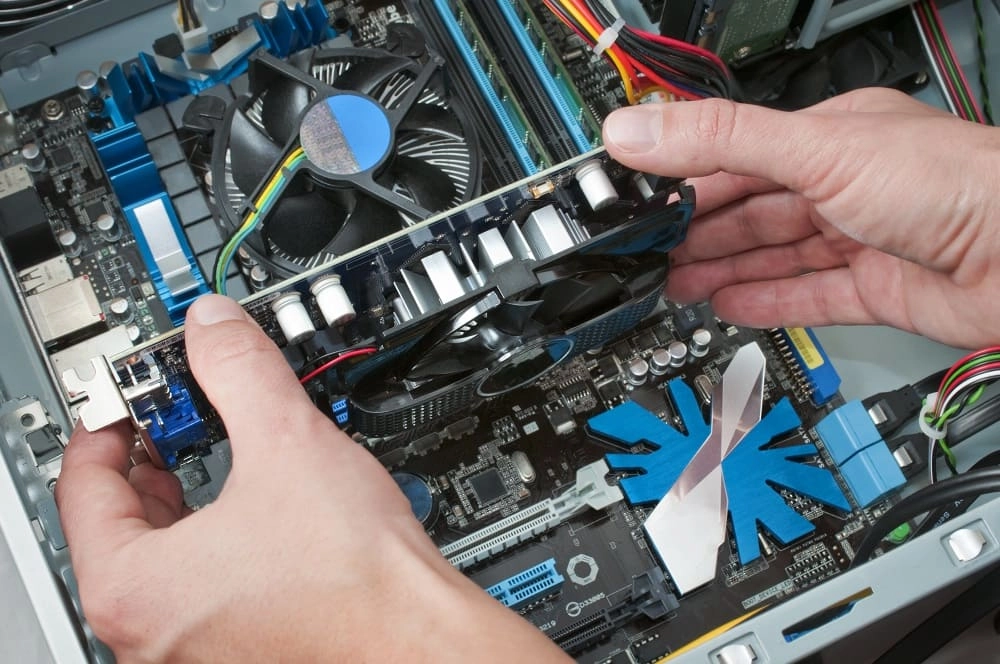A video card is a component of a PC that is used to improve the quality of the images displayed on the display. It is attached to the motherboard and monitors and calculates the appearance of the image on the screen. A video card is an intermediate device that increases the video bandwidth.
Video cards are also known as video cards, video adapters, graphics cards, graphics adapters, and graphics accelerators.
A huge number of companies produce video cards, but almost every one of them includes a graphics processor (GPU) from NVIDIA Corporation or AMD.
Many modern computers do not have video expansion cards, but instead have embedded video-GPUs built directly into the motherboard. This allows you to use a less expensive computer, but also a less powerful graphics system. This option is suitable for the average business user and the home user who is not interested in advanced graphics capabilities or the latest games.
Using a dedicated graphics card can improve the overall performance of the system, as it includes its own RAM, power regulators, and cooling, so that the system RAM and CPU can be used for other purposes.

Several reasons to use a video card, besides games:
- Not every CPU supports integrated graphics. If you are using the types of processors that are often used for engineering/ scientific work, you will need a graphics card if you want to output data to a monitor. (Neither the Intel Xeon nor their younger siblings of the Enthusiast class CPUs have built-in graphics processing.
- Visualization! CAD/ 3D graphics platforms make heavy use of the graphics card to control the viewport. Have you ever rotated an object and felt like everything was going very slowly/ jerkily? A better graphics card could fix this.
- Computing tasks on the GPU. GPUs are suitable for all kinds of computing tasks. Some 3D graphics workflows use GPU-based rendering, as well as machine learning and statistical analysis projects where GPU cores are used to provide significant computing performance compared to CPU processing.
GPUs come in a wide variety of shapes and sizes. Some of them are quite low-power, and this is exactly what you can use if you just need to control the monitor on a system that doesn't have built-in graphics. Others are staggeringly expensive high-performance hardware optimized for design workflows or scientific computing. Game cards usually fall between them.






















































